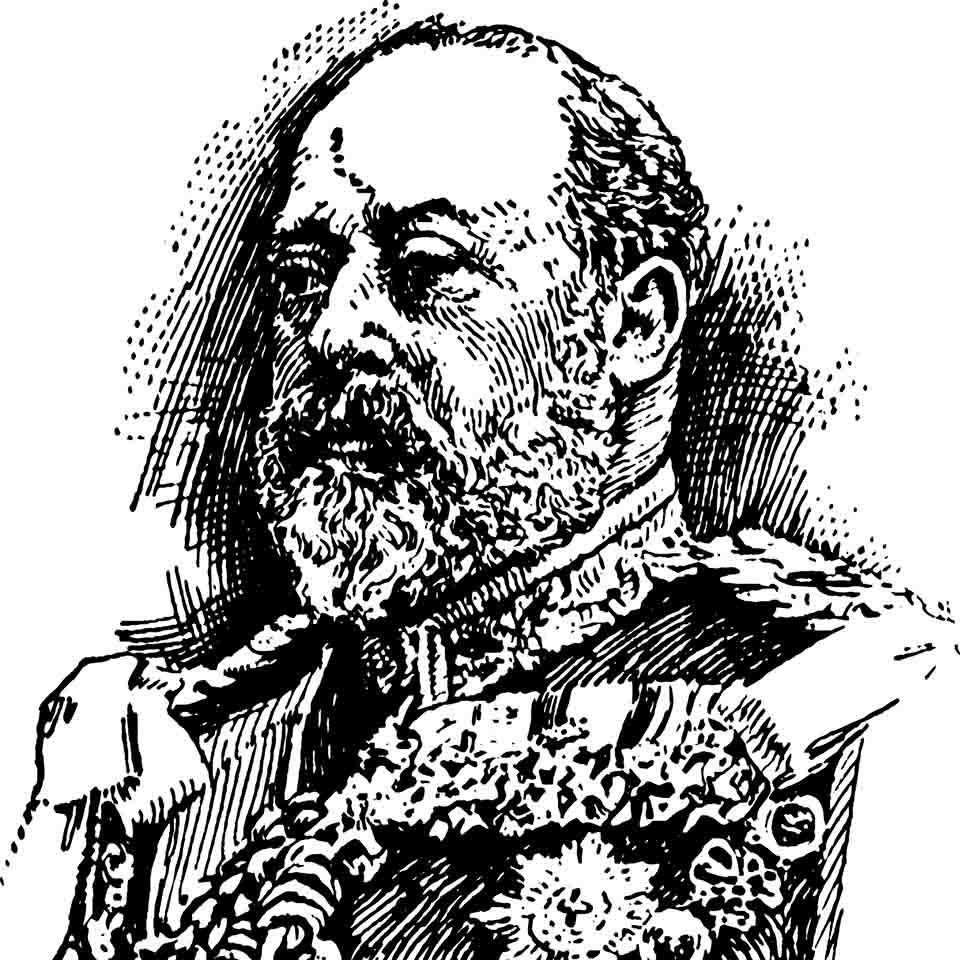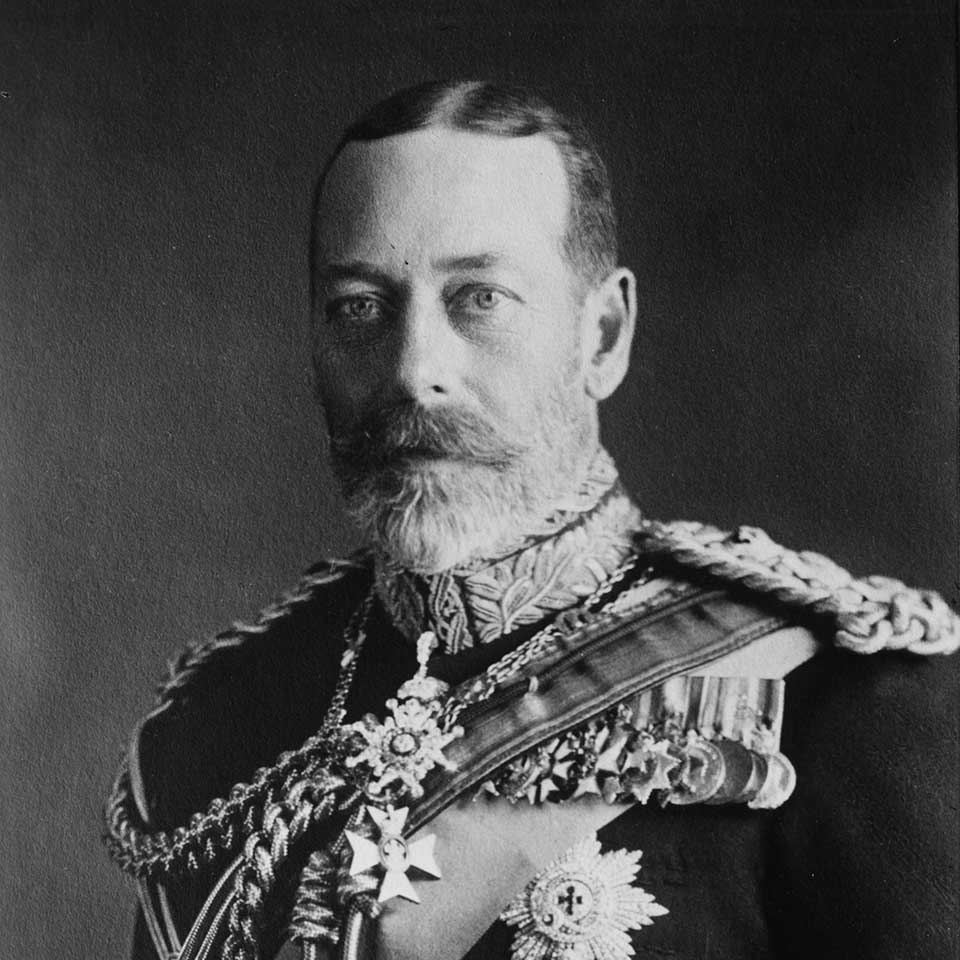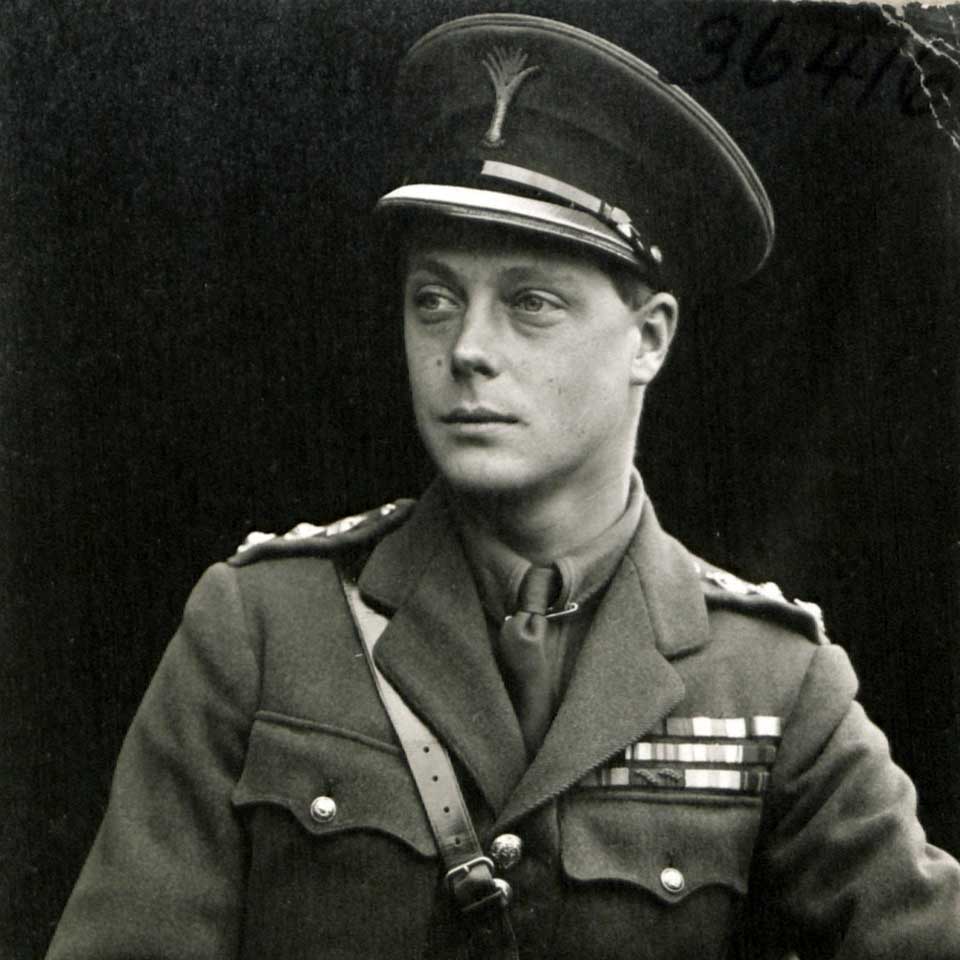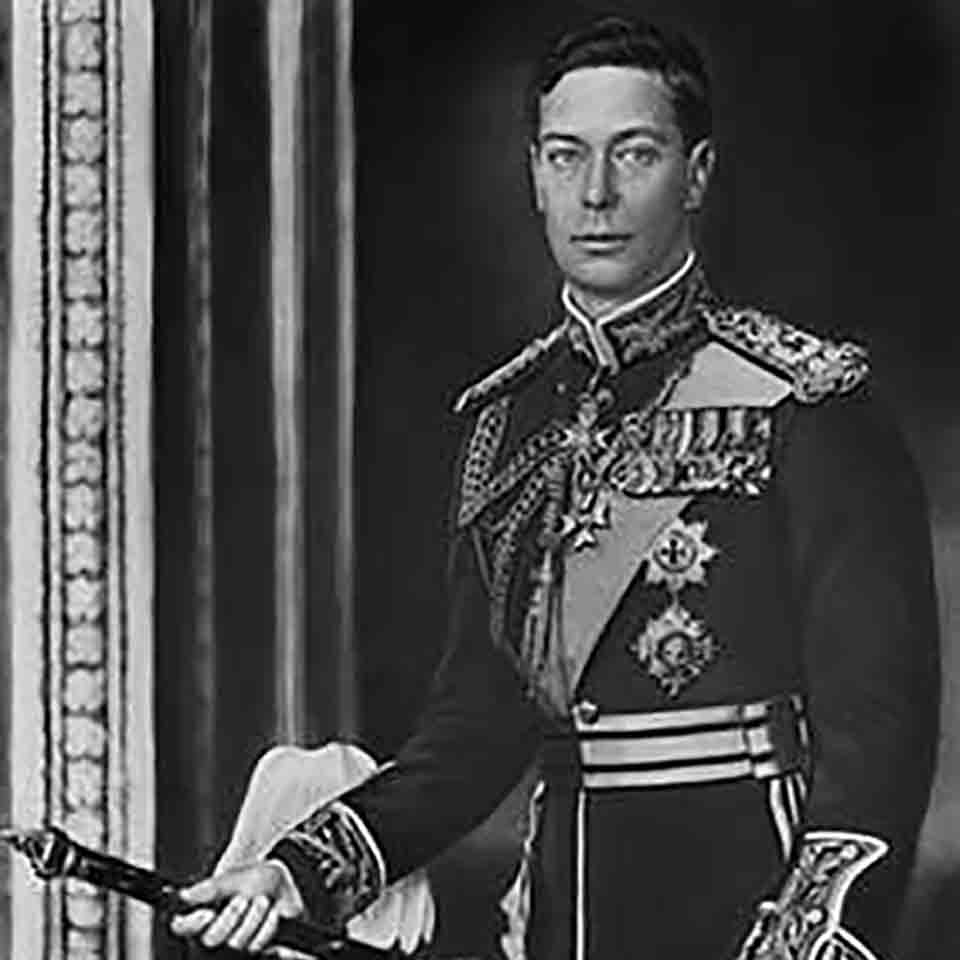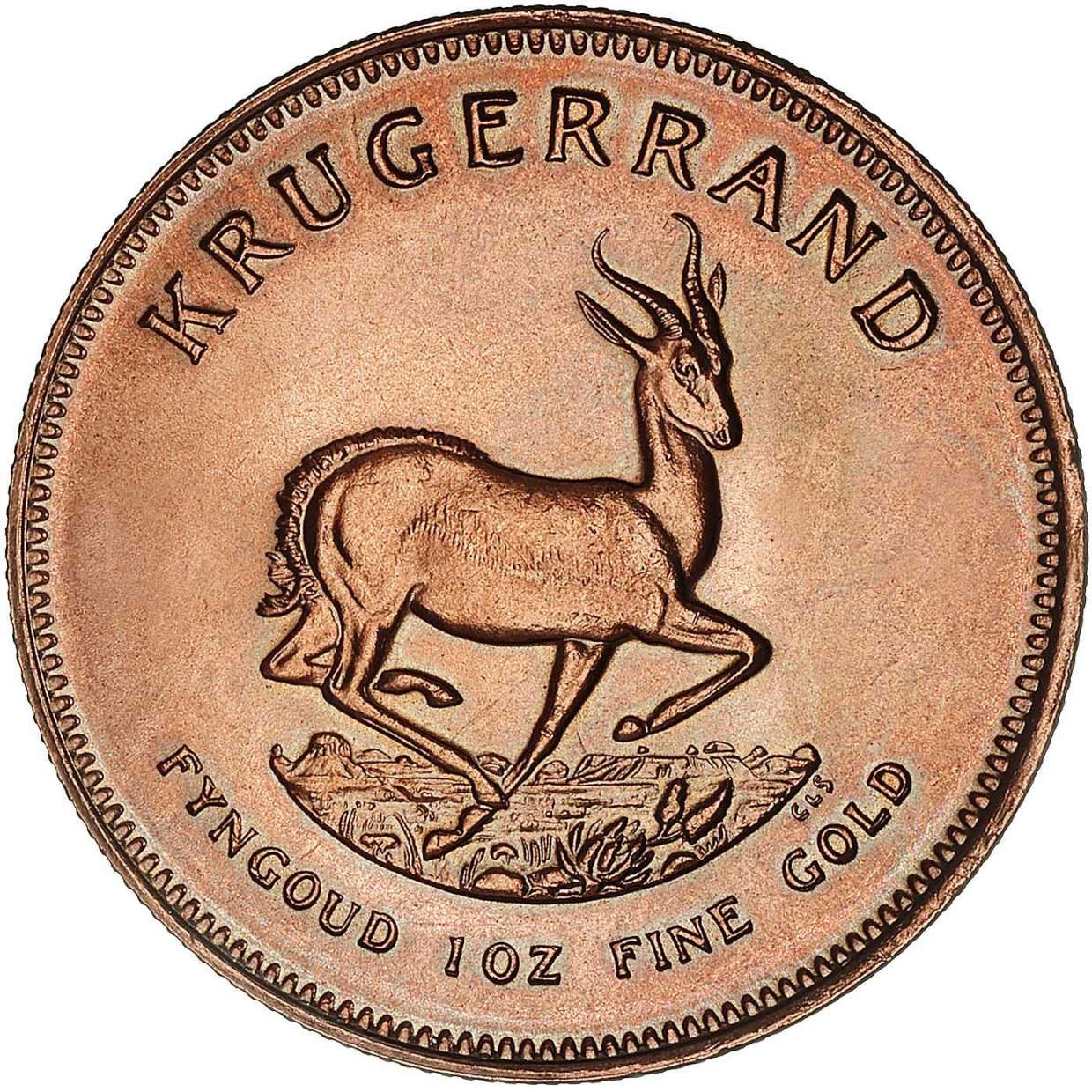Queen Victoria (1837 - 1901)
Synopsis
Princess Alexandrina Victoria of Kent was born on the 24th of May 1819 to the Duke and Duchess of Kent. Her reign would come to define and age, and would prove to be the longest reign in the history of the British Monarchy, beating that of George III, in whose reign she was only just born into.
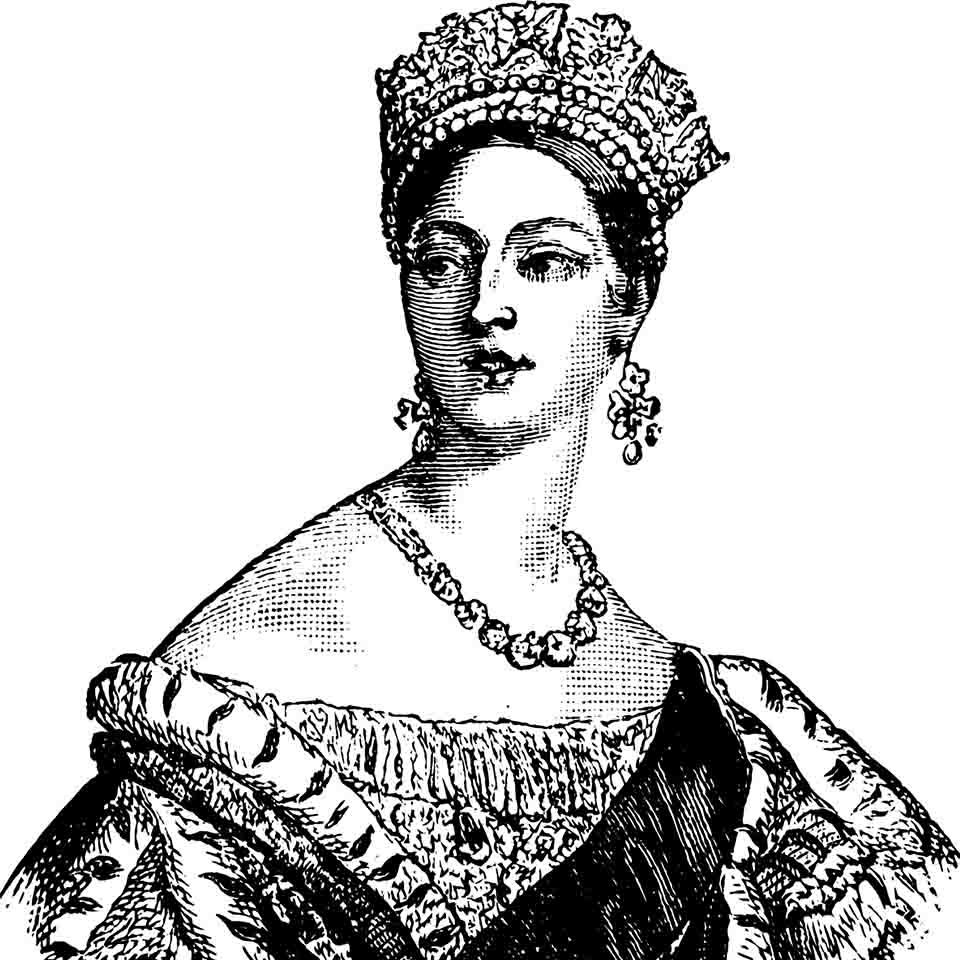
Early Life
Victoria's father, the fourth son of George III died the year after Victoria was born on the 23rd of January 1820 (predeceasing his own father by six days), and her upbringing and education was taken into the hands of her overbearing and ambitious mother. By the late 1820s, it became apparent that Victoria was likely to inherit the throne due to the failure of her father's elder brothers to produce surviving, legitimate sons. The Dowager Duchess of Kent, mindful of her likely future role as the mother of a future Queen Regnant, subjected her daughter to what came to be known as the 'Kensington System' (after Kensington Palace, where Victoria spent most of her childhood), bringing her up according to a strict code of moral propriety and severely restricting her access to others who might corrupt her, and more importantly, dampen the Duchesses' own influence over her daughter (including King William IV, whose relationship with the Duchess was one of mutual contempt). The Duchess herself was heavily influenced by James Conroy, an embezzler and a rogue who flattered more than one female member of the Royal Family whilst simultaneously relieving them of much of their wealth, and whom the future Queen Victoria strongly came to detest.
Despite her restricted access to her Uncle, William IV, the King was as fond of his niece as he was contemptuous of her mother, to the extent that the plain-speaking former Royal Navy officer made a speech at his final birthday banquet, attended by Victoria and her mother, in which the ailing King expressed a hope that he would live long enough to see his niece attain the age of eighteen, thus preventing her mother from becoming her regent.
"I trust to God that my life may be spared for nine months longer"
The King stated.
"[that] I should then have the satisfaction of leaving the exercise of the Royal authority to the personal authority of that young lady, heiress presumptive to the Crown, and not in the hands of a person now near me, who is surrounded by evil advisers and is herself incompetent to act with propriety in the situation in which she would be placed."
The speech caused great embarrassment to the Duchess, and caused the young princess Victoria to burst into tears. Nevertheless, the old King got his wish, and when he died 10 months later on the 20th of June 1837, he had lived to see Victoria reach her majority by less than a month.
Early Reign
Upon becoming Queen, Victoria banished James Conroy from her household and obliged her mother to live in an apartment separate to her own (until this point, her mother shared a bedroom with Victoria). Although Victoria had always loved her mother, she had long resented her overbearing influence and now made it quite clear that she was her own woman.
A Whig by inclination, Victoria was heavily influenced by her first Prime Minister, Lord Melbourne in her early years, and surrounded herself with people of a similar political inclination. In 1839 however, Lord Melbourne was forced to resign as Prime Minister when an alliance of Tories and Radicals defeated a government bill to suspend the constitution of Jamaica. Victoria reluctantly offered the premiership to Sir Robert Peel, but he refused to accept the premiership unless the Queen replaced some of her ladies of the bedchamber (many of whom were the wives of Whig politicians) with Tory sympathisers to reduce the Whig's influence on the young Queen, precipitating what came to be known as the 'Bedchamber Crisis'. The Queen refused to dismiss her friends from the Royal Court, and instead invited Lord Melbourne to re-form a Whig administration. The government remained unstable however, and the crisis dragged on into 1841, until a general election returned an indisputable Tory majority and the Queen finally acceded to Peel's wishes on the advice of her new husband, Prince Albert.
Marriage to Prince Albert
Even before Victoria became Queen, the subject of who would make a suitable husband for her was seriously considered, with the main contenders being Prince Alexander of the Netherlands and Prince Albert of Saxe-Coburg Gotha. Victoria eventually settled upon Prince Albert, and as Queen, she proposed marriage to him in October 1839 and married him in February the following year.
Victoria fell pregnant almost immediately, and gave birth to the couple's first child in the following November. Over the following 17 years, the Queen gave birth to 9 children in all. During this time, Albert came to have a profound influence over Victoria, becoming her personal secretary and closest confidante. During the rest of their married life together, Albert was, if not the power behind the throne, certainly the single most powerful influence over it. Albert used this power to promote his own projects aimed at improving the standing of his adopted country, and was instrumental in the arrangement of the Great Exhibition of 1851, which was intended as a demonstration of Britain's might as an industrial, commercial and technological power. One of his final acts on the political stage was his rewording of a diplomatic protest to the United States over the Trent Affair, so that it was toned down from Lord Palmerston's original bellicose language which may well have provoked a war between Britain and the US just as the US Civil War was breaking out. That same year, in 1861, Albert died of typhoid fever, and Queen Victoria was plunged into a period mourning which was to last until the end of her life.
Later Reign
Without Albert, Victoria withdrew into seclusion, and spent most of her time away from London, choosing instead to divide her time between Balmoral Castle, Windsor Castle and Osborne House. The political life of the nation carried on largely without her, as the monarchy had by this point become largely symbolic. Victoria nevertheless displayed a certain partiality between the two great statesman of the age, Benjamin Disraeli and William Gladstone, vastly preferring the former over the latter (the Queen complained to others that Gladstone treated her like an institution rather than a person, and that she addressed her as if he was addressing an audience at a public meeting). Disraeli, keen to take advantage of the Queen's popularity and the prestige of the Empire, flattered the Queen and the nation by making her the Empress of India in 1876. The Queen's Golden Jubilee in 1887 was a cause of great celebration throughout the Empire, and Victoria was persuaded to take some time out of her usual seclusion to show herself to her adoring public. A new 'Jubilee' portrait was designed for Britain's coinage to celebrate the Queen's long reign, but many contemporary numismatists and coin collectors at the time were unimpressed, and described the design as 'disappointing' because they made the Queen look ridiculous with a tiny crown perched precariously on top of her head and a somewhat sour look on her face (one wonders what they might have made of some of the more recent designs on Britain's coinage!) The 'jubilee head' portrait was discontinued only 6 years later, and the 'old head' design which was adopted for the rest of her reign proved to be far less controversial.
Victoria survived to see her diamond jubilee in 1897, provoking another round of great celebration throughout the Empire. The Queen died less than four years later at Osbourne House of a brain haemorrhage at the age of 81. She was interred at Frogmore House in Windsor, beside her beloved Prince Consort Albert. She was also buried with a lock of hair from her former servant John Brown, a Scotsman whom Victoria was dubiously rumoured to have had an affair with following her husband's death.
Legacy
Industrial Revolution
Victoria had presided over some of the greatest social and technological change of any monarch in British History, with the possible exception of our present Queen, Elizabeth II. During her lifetime, the railway had replaced the horse and cart as the main means of transportation on land. At sea, the age of sail had given way to the age of machine propulsion. The British economy had also been transformed from a largely rural economy into a largely urban and industrial one. Under Victoria, the British Empire had reached its zenith, and the Queen's portrait ordered coins used by a quarter of the world's population. Politically, the old loose Tory and Whig confederations had given way to modern, whipped political parties as we know them today. The Labour Party was also founded during Victoria's reign, although it would not become a significant force in politics until the 1920s. Under Victoria, the monarchy ceased to be any real force in politics, and the culmination had been reached of a trend begun in the 17th century (and arguably even earlier) that had seen the gradual decline of Royal Power, and in which the monarchy was now seen as a symbol of the nation, rather than as a powerful political force in its own right.
Numismatically, Victoria's reign saw the first tentative steps towards decimalisation when in 1848, the Florin (or one tenth of a pound) was introduced. When first introduced, the Florin was controversial for dropping any reference to God from the legend (hence the term 'Godless Florin') these early Florins, as well as the early Crowns, carried a unique 'Gothic' portrait. The rest of the early coins up until 1860 carried the 'Young Head' portrait, when the copper penny, halfpenny and farthing denominations were replaced with smaller bronze equivalents featuring the 'bun head' portrait. For precious metal issues of threepence or above, the young head portrait design survived until 1887, to be replaced by the 'Jubilee Head' design for those issues. In 1893, the portrait design for all coin types was replaced with the 'Old Head' design which lasted for the rest of Victoria's reign.
The expansion of the Empire, British Industry, trade and the British population engendered a need for vast quantities of coins, and these, plus the length of Victoria's reign, meant that the coinage issued in her name was one of the most prolific in British history, rivalled only by that of Elizabeth II. The Sovereign and its half and multiple equivalents struck under Queen Victoria are also the oldest remaining British coins with legal-tender status, although for obvious reasons, they are no longer used for general circulation!
A history of Kings and Queens of England - Learn more about the Kings and Queens that reigned England throughout the different monarch dynasties (1066-2022).
Related Blog Articles
This guide and its content is copyright of Chard (1964) Ltd - © Chard (1964) Ltd 2024. All rights reserved. Any redistribution or reproduction of part or all of the contents in any form is prohibited.
We are not financial advisers and we would always recommend that you consult with one prior to making any investment decision.
You can read more about copyright or our advice disclaimer on these links.


